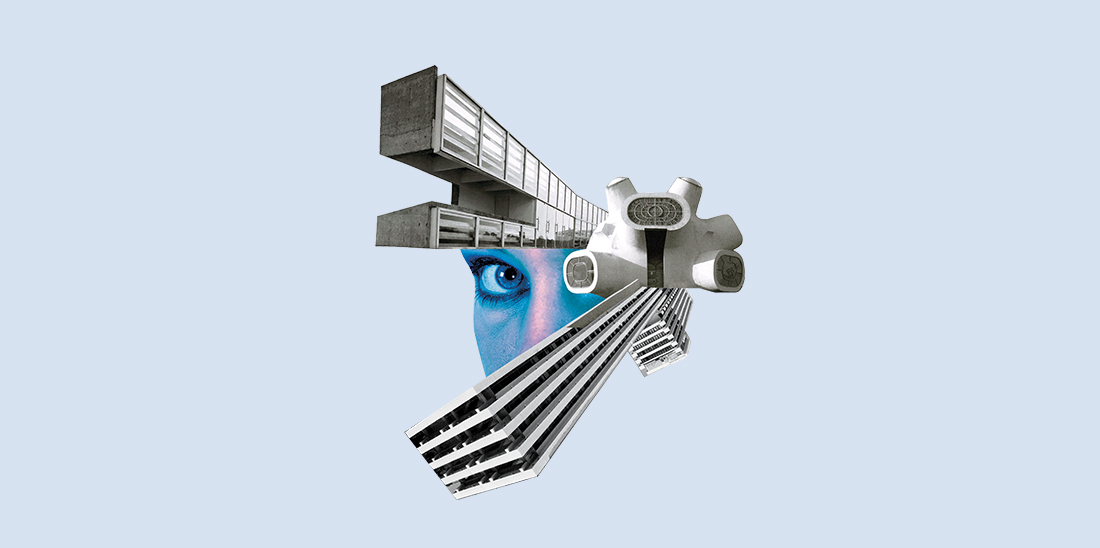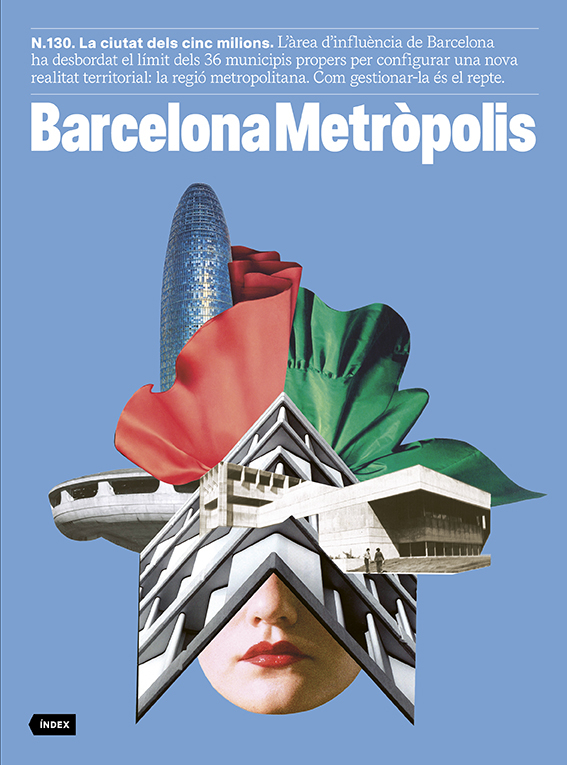A more complex metropolis

Until now, we have conceived and managed Barcelona’s vast metropolis as an urban conglomerate, bringing together the 36 municipalities of the metropolitan area. However, it’s long been evident that the actual city has outgrown these confines, evolving into a broader economic and demographic entity – the metropolitan region – that encompasses over a hundred municipalities. What has transpired over the last four decades transcends a mere process of urban concentration; it represents a change in model. While the metropolitan region largely retains its identity as a major city of cities, with numerous nuclei adhering to traditional models, the landscape has undergone transformation. The end result is a hybrid of compact and dispersed urbanism, posing a challenge in its definition and marked by considerable complexity.
This phenomenon does not occur arbitrarily. It is a trend seen across Europe and the United States. Hans Ibelings explores these blurred landscapes in Europe, while Margaret Crawford notes the changing roles of city and suburb in the United States, as we can see at the exhibition Suburbia in the Centre de Cultura Contemporània de Barcelona (CCCB). European metropolises have expanded into vast urban conglomerates, internally connected by strong economic, demographic and urban dynamics. So much so that Europe is now characterised as a continent shaped by the dynamism and gravitational pull of the urban corridors running through it. These metropolitan conglomerates extend well beyond the central city they originally developed around.
This trend is also reflected in our country. We’ve evolved in both directions, amalgamating the strengths and weaknesses of two models: the challenges of compact city living (congestion, limited living space and pollution) and those of dispersed suburbia (environmental degradation, mobility problems). Since the 1980s, there has been a proliferation of clusters of attached houses and sprawling developments, posing significant integration hurdles. This fusion of urban models has resulted in issues such as gentrification, urban segregation and environmental degradation. Addressing these challenges is now the task. Effectively managing a city of five million demands a precise diagnosis and a clear vision for the future. This is the aim of the Metropolitan Strategic Plan, and our dossier seeks to contribute to this discussion. Governance also warrants attention, albeit as a topic for later consideration.
The newsletter
Subscribe to our newsletter to keep up to date with Barcelona Metròpolis' new developments




